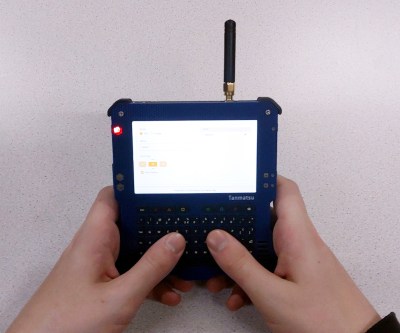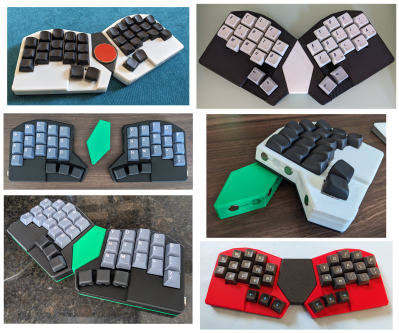What has puzzled researchers and philosophers for many centuries is the ‘why’ of sleep, along with the ‘how’. We human animals know from experience that we need to sleep, and that the longer we go without it, the worse we feel. Chronic sleep-deprivation is known to be even fatal. Yet exactly why do we need sleep? To rest our bodies, and our brains? To sort through a day’s worth of memories? To cleanse our brain of waste products that collect as neurons and supporting cells busily do their thing?
Within the kingdom of Animalia one constant is that its brain-enabled species need to give these brains a regular break and have a good sleep. Although what ‘sleep’ entails here can differ significantly between species, generally it means a period of physical inactivity where the animal’s brain patterns change significantly with slower brainwaves. The occurrence of so-called rapid eye movement (REM) phases is also common, with dreaming quite possibly also being a feature among many animals, though obviously hard to ascertain.
Most recently strong evidence has arisen for sleep being essential to remove waste products, in the form of so-called glymphatic clearance. This is akin to lymphatic waste removal in other tissues, while our brains curiously enough lack a lymphatic system. So is sleeping just to a way to scrub our brains clean of waste?
Continue reading “Investigating Why Animals Sleep: From Memory Sorting To Waste Disposal”




















